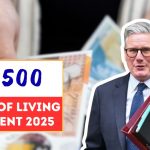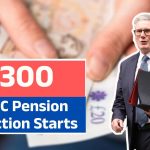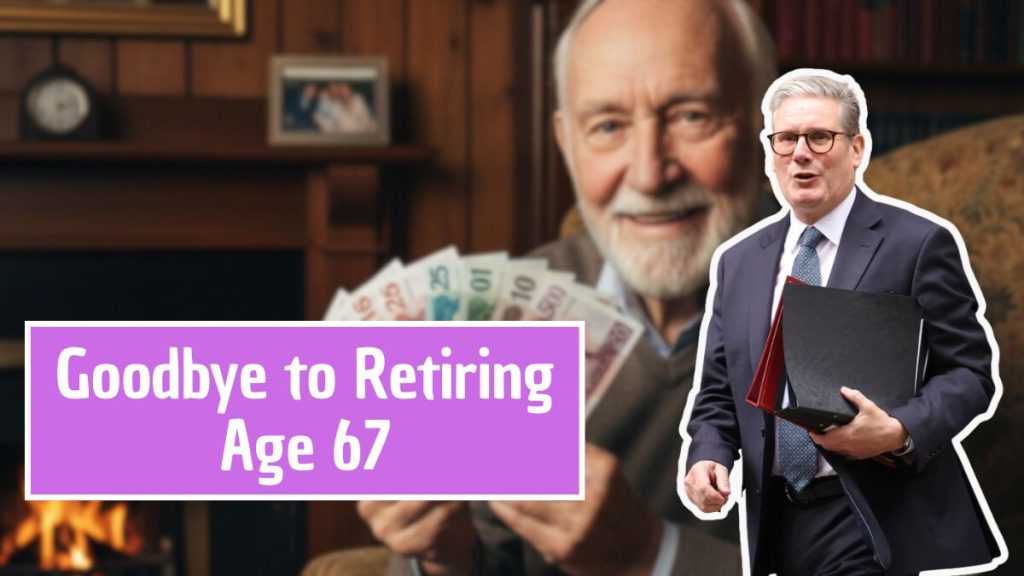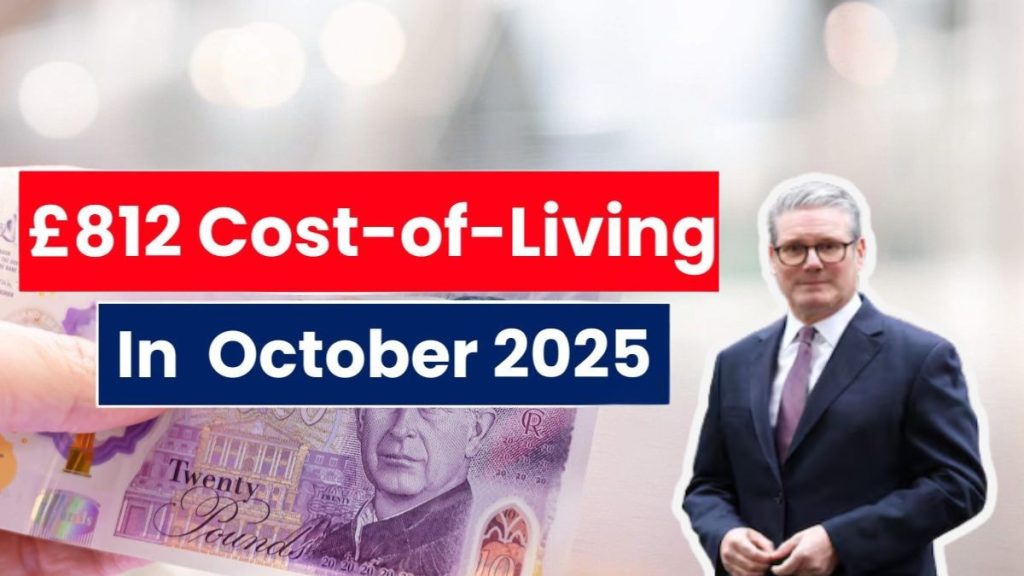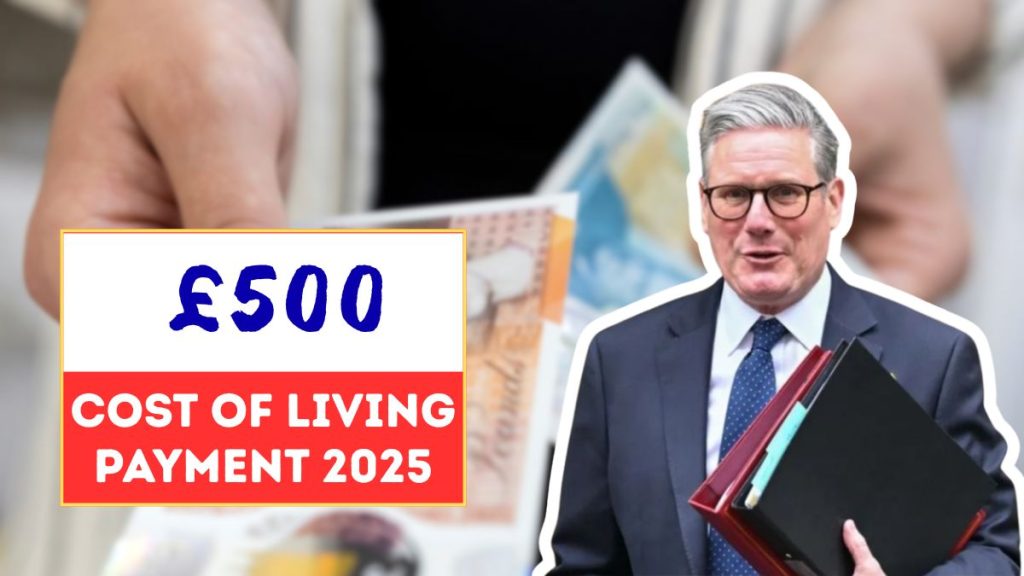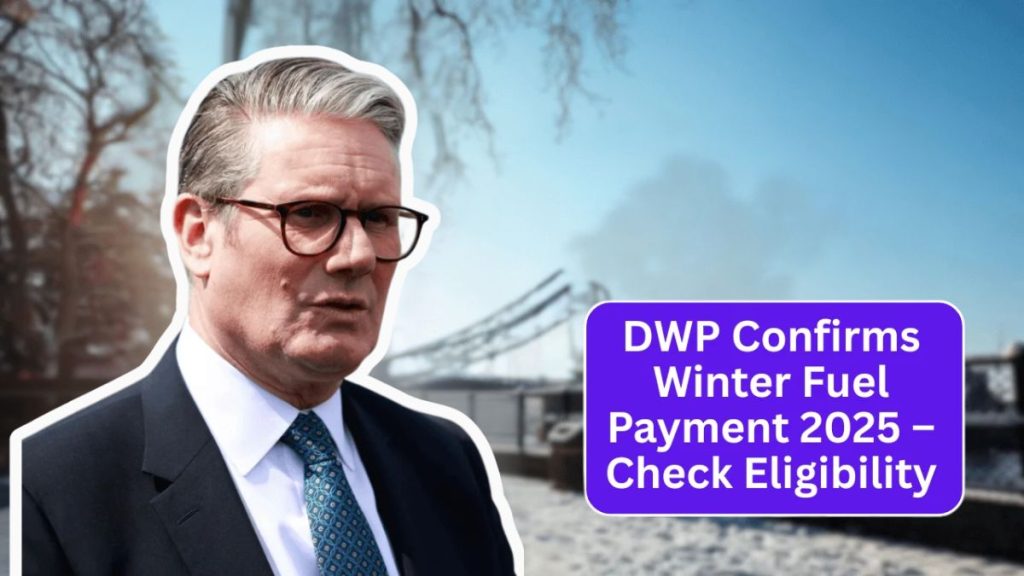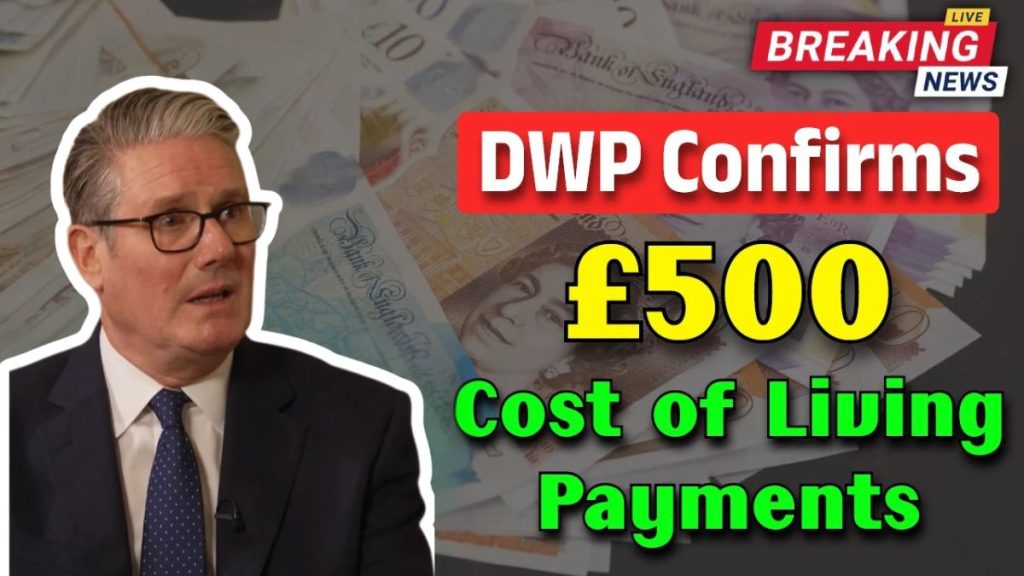The UK government has officially confirmed a £250 Cost of Living Payment for September 2025, offering crucial financial relief to millions of struggling households. The one-off payout aims to help residents cope with persistent inflation, high energy bills, and soaring grocery prices.
With living costs still weighing heavily on families, pensioners, and low-income workers, this payment is designed to provide a safety net ahead of the colder months when energy consumption — and expenses — tend to rise sharply.
Purpose of the £250 Cost of Living Payment 2025
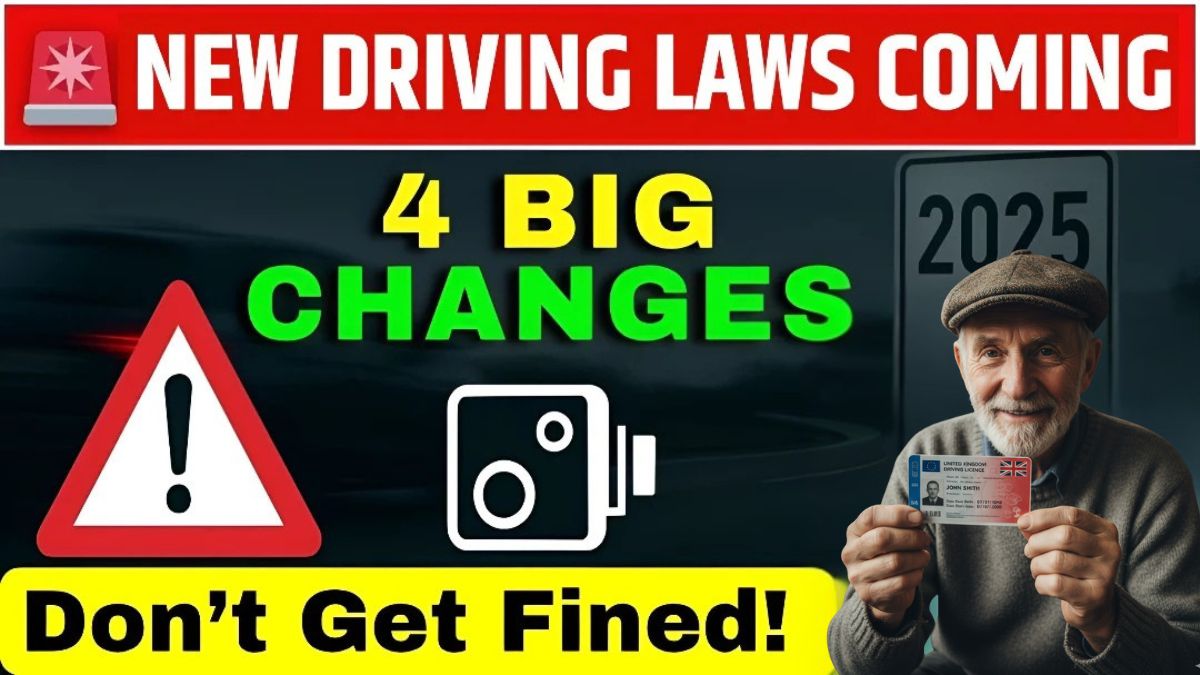
The UK Cost of Living Payment 2025 forms part of the government’s continued effort to combat inflation-driven financial stress. As energy costs and food prices remain elevated, the government’s goal is to ensure that vulnerable households can afford essentials without having to choose between heating and eating.
The payment is non-taxable and will not affect other benefit entitlements, meaning recipients can keep the full amount. The policy’s main objectives include:
- Supporting low-income households struggling with inflation.
- Reducing the risk of fuel poverty during autumn and winter.
- Helping pensioners manage rising utility and healthcare costs.
- Providing a financial cushion for families dealing with everyday expenses.
This measure reflects the government’s recognition that economic recovery has yet to reach all households and that direct financial assistance remains essential for many.
Who Qualifies for the £250 September Payout
Eligibility for the £250 Cost of Living Payment is tied to existing government benefits. You may qualify automatically if you receive any of the following:
- Universal Credit
- Pension Credit
- Income-based Jobseeker’s Allowance (JSA)
- Income Support
- Income-related Employment and Support Allowance (ESA)
- Child Tax Credit
- Working Tax Credit
The Department for Work and Pensions (DWP) and HM Revenue and Customs (HMRC) have confirmed that no application is required. Eligible individuals will receive the payment automatically in their bank accounts, ensuring a simple and hassle-free process.
Payment Schedule – September 2025
The DWP and HMRC have outlined the official payment timetable for the £250 payout. The schedule has been designed to align with each benefit’s usual payment cycle to avoid confusion.
| Eligible Group | Payment Date – September 2025 |
|---|---|
| Universal Credit claimants | From 10 September 2025 |
| Pension Credit recipients | From 12 September 2025 |
| Tax Credit claimants | From 16 September 2025 |
| Other qualifying benefits | Between 10–20 September 2025 |
While these are the official dates, payment timings may differ slightly depending on bank processing schedules. Recipients are advised to check their accounts regularly throughout the payment window.
How to Check If You’re Eligible
To confirm eligibility, claimants should review their current benefits and payment records. The £250 Cost of Living Payment will appear on your bank statement under a separate reference, typically labeled “DWP Cost of Living Payment” or “HMRC COL Payment.”
Before the payment window begins, claimants should:
- Ensure bank details are correct with DWP or HMRC.
- Check benefit statements for any pending reviews or changes.
- Contact DWP or HMRC helplines if you haven’t received payment by late September.
This proactive approach helps avoid unnecessary delays and ensures the funds reach you on time.
Automatic Payments: No Application Needed
Unlike other government schemes that require registration or application forms, this £250 payout will be distributed automatically to eligible claimants. The government’s digital payment systems cross-check data from DWP and HMRC, ensuring that anyone already receiving qualifying benefits is identified for payment.
This automation reduces administrative delays and ensures quick disbursal of funds directly into recipients’ bank accounts.
Impact on Households Across the UK
The £250 Cost of Living Payment will make a noticeable difference for millions of people across the country. For a pensioner living on a fixed income, this payment can help cover the rising cost of gas and electricity. For working families, it can mean affording school supplies, groceries, or transport expenses as autumn approaches.
Economists note that such direct payments not only support individual households but also help stimulate local economies, as much of the money is spent immediately on essential goods and services.
How the Payment Interacts with Other Benefits
The £250 Cost of Living Payment is designed to complement, not replace, existing benefits. It will not reduce Universal Credit, Pension Credit, or Tax Credit entitlements. However, it may be included in total income assessments for other forms of local or housing support.
In summary:
- Universal Credit: Fully compatible; paid separately.
- Pension Credit: Paid automatically if you were eligible during the qualifying period.
- Tax Credits: Managed by HMRC; may be received a few days later than DWP payments.
- Housing Benefit: Not affected directly but may influence income-based reviews.
Why the Payment Matters in 2025
The UK’s economic recovery remains fragile, with persistent inflation and slow wage growth leaving many households vulnerable. The £250 Cost of Living Payment reflects the government’s attempt to balance rising costs with targeted support.
Energy prices are expected to remain high into 2026, and despite recent drops in inflation, essentials like food and housing continue to strain budgets. For millions of pensioners and families on low or fixed incomes, this payment represents a timely intervention before winter.
Tips to Ensure You Receive Your Payment Smoothly
To make sure your £250 payment arrives without issue:
- Double-check your bank details on file with DWP or HMRC.
- Keep records of your benefits and payment cycles.
- Avoid scams: The DWP will never ask for bank details or fees via phone, text, or email.
- Monitor your bank account during the September payment window.
If you haven’t received your payment by 30 September 2025, contact the DWP or HMRC directly through official channels.
Government Statement on the 2025 Cost of Living Payment
A DWP spokesperson stated that the £250 Cost of Living Payment 2025 demonstrates the government’s ongoing commitment to protecting vulnerable groups:
“We understand that many households continue to face financial strain. This payment ensures that pensioners, low-income families, and workers receiving benefits receive the help they need as we move into the colder months.”
The department also noted that future payments could be adjusted based on inflation trends and the broader economic outlook.
The Bigger Picture: Continuing Support Beyond 2025
While the £250 payment is a one-off measure, it fits within a broader framework of government support. Alongside this payment, the government continues to fund:
- The Household Support Fund – additional grants for emergency financial help.
- Energy Bill Rebates – seasonal support to offset energy costs.
- Winter Fuel Payments – annual aid for pensioners.
Together, these initiatives form a multi-layered response to cost-of-living pressures.
Frequently Asked Questions (FAQs)
Q1. Who qualifies for the £250 Cost of Living Payment in 2025?
Anyone receiving Universal Credit, Pension Credit, income-based JSA, Income Support, ESA, Child Tax Credit, or Working Tax Credit during the qualifying period is eligible.
Q2. Do I need to apply for the payment?
No. Payments will be made automatically by the DWP or HMRC to those already receiving qualifying benefits.
Q3. When will the payments be made?
Payments begin from 10 September 2025 for Universal Credit claimants and continue until 20 September 2025, depending on the benefit type.
Q4. Will this payment affect my other benefits or taxes?
No. The £250 payment is non-taxable and will not reduce existing benefits or credits.
Q5. What should I do if I don’t receive my payment?
If your payment has not arrived by 30 September 2025, contact the DWP or HMRC helpline to verify your eligibility and payment status.


